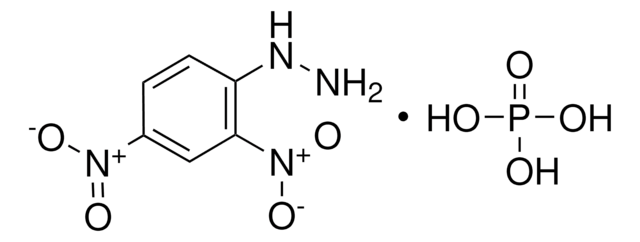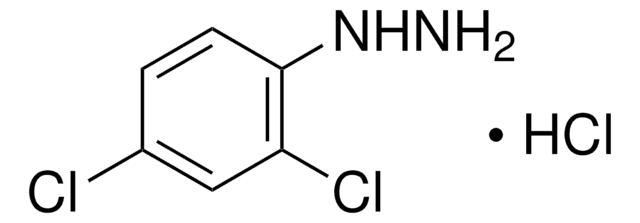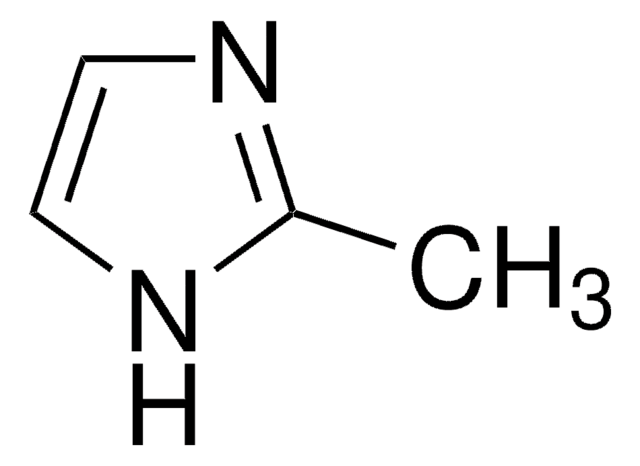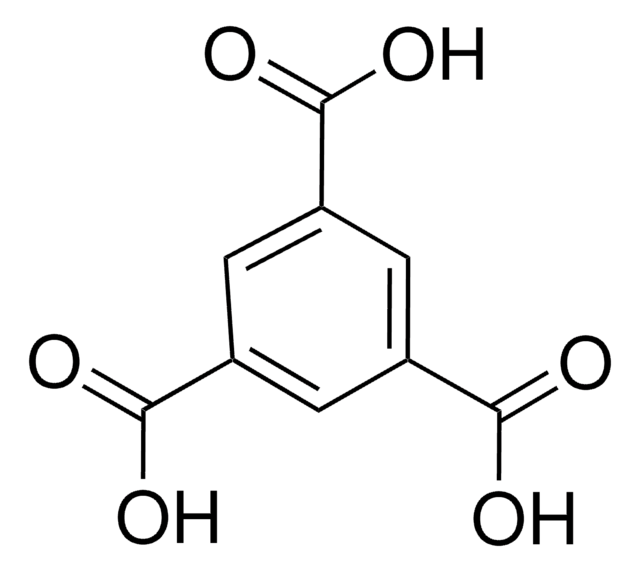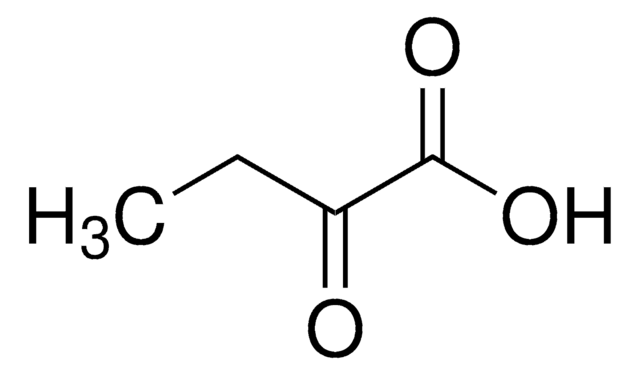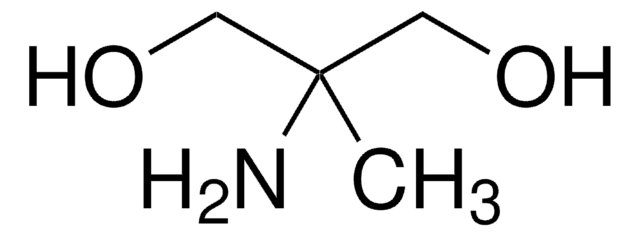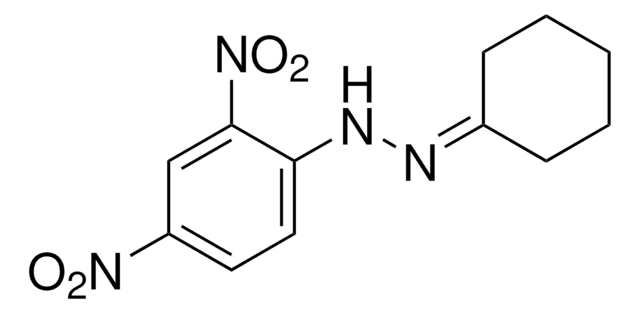18189
2,4-Dinitrophenylhydrazine hydrochloric acid solution
~0.005 M in ethanol, for TLC derivatization
About This Item
Prodotti consigliati
Grado
for TLC derivatization
Livello qualitativo
Concentrazione
~0.005 M in ethanol
tecniche
thin layer chromatography (TLC): suitable
Indice di rifrazione
n20/D 1.374
Densità
0.843 g/mL at 20 °C
Compatibilità
in accordance for application
Temperatura di conservazione
2-8°C
Stringa SMILE
NNc1ccc(cc1[N+]([O-])=O)[N+]([O-])=O
InChI
1S/C6H6N4O4/c7-8-5-2-1-4(9(11)12)3-6(5)10(13)14/h1-3,8H,7H2
HORQAOAYAYGIBM-UHFFFAOYSA-N
Descrizione generale
Applicazioni
Avvertenze
Danger
Indicazioni di pericolo
Consigli di prudenza
Classi di pericolo
Eye Irrit. 2 - Flam. Liq. 2 - Met. Corr. 1
Codice della classe di stoccaggio
3 - Flammable liquids
Classe di pericolosità dell'acqua (WGK)
WGK 2
Punto d’infiammabilità (°F)
57.2 °F
Punto d’infiammabilità (°C)
14.0 °C
Dispositivi di protezione individuale
Faceshields, Gloves, Goggles, type ABEK (EN14387) respirator filter
Choose from one of the most recent versions:
Possiedi già questo prodotto?
I documenti relativi ai prodotti acquistati recentemente sono disponibili nell’Archivio dei documenti.
Il team dei nostri ricercatori vanta grande esperienza in tutte le aree della ricerca quali Life Science, scienza dei materiali, sintesi chimica, cromatografia, discipline analitiche, ecc..
Contatta l'Assistenza Tecnica.
